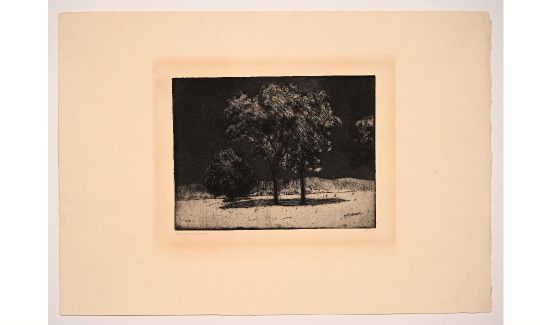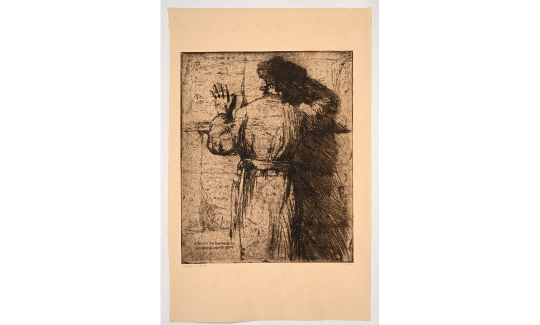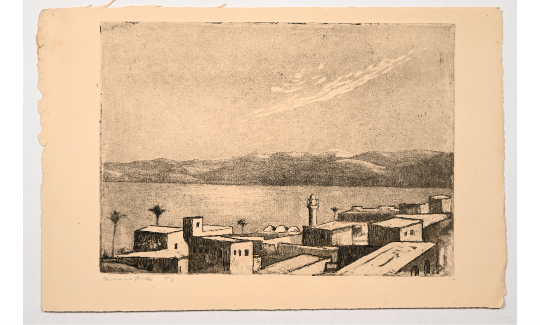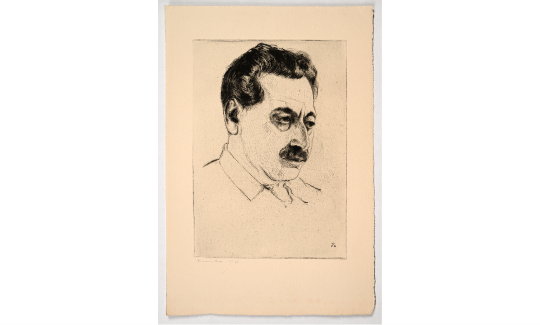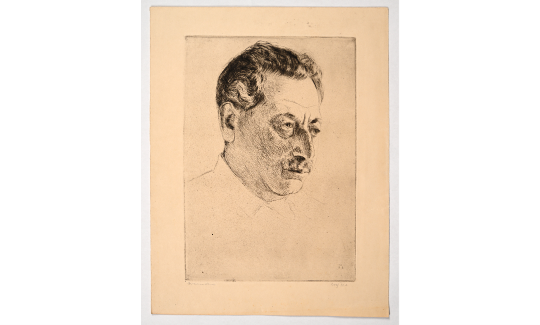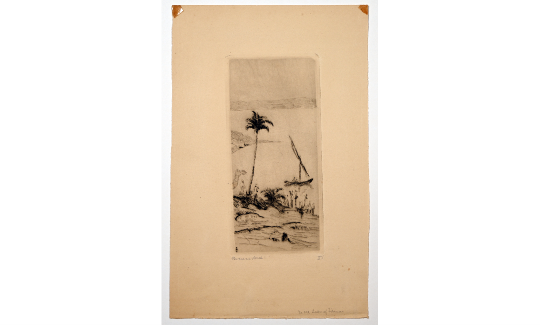Reproductions and Expressions
Thursday, 31.08.23, 19:00
Saturday, 04.05.24
:
Ron Hillel
More info:
04-6030800
When Tzvi Neta revealed to me and Yotam Yakir, the CEO of Haifa Museums, his collection of Hermann Struck prints, my eyes lit up. It was clear to me that he was sitting on a treasure.
On that day in Mr. Neta’s apartment, I wasn’t able to assess or even count all the prints with any accuracy. In 2022, Mr. Neta generously donated his entire Struck collection to the museum, and the Collections Management Team and I have since spent many hours sorting and cataloguing the works.
My primary role in the museum is not as a curator. I serve as the Collections Manager, in charge of the registration, storage and preservation of the collections of the Haifa Museums. Receiving a new collection of art is an exciting and joyous event. I am filled with curiosity to study and understand what secrets may be gleaned. After the laborious process of sorting and cataloguing this captivating collection, we realized that Mr. Neta had donated to the museum 212 prints and drawings by Herman Struck, of which about 50 prints weren’t represented in the museum’s collections.
The collection was started by Tzvi Neta’s father, Mr. Yosef (Joe) Boxenbaum, one of Israel’s first industrialists and a passionate Zionist, who purchased the works about two decades after Struck’s death, apparently from the artist’s widow. Much can be learned about Struck’s creative processes from this collection. Many of the prints were copies but not duplicates. Comparing them reveals much about the depth of thought involved in Struck’s work process. For this reason, I asked to curate an exhibit based on Mr. Neta’s donation.
A print artist of Struck’s caliber had a wide variety of options available. Artistic choices included the printing technique (engraving, etching or lithography), the type of paper used (small square pieces, large oblong sheets, or semi-transparent parchment), the format, the style, the line thickness (a dark black stain or a soft pastel-like line), color (black & white, color, or a hand-painted print), and many others - the possibilities were numerous and wide-ranging. The various printing techniques allow for multiple repeated reproductions of the art work. This exhibit showcases how Struck continuously explored and meticulously refined his printing plates, while honing and searching for the image he wanted to achieve.
My hope is that from this exhibition you will experience a modicum of the pleasure that was involved in its preparation, and allow you to access and become familiar with the great richness found in these prints.
Ron Hillel
Collection Manager of the Haifa Museum, exhibition Curator

